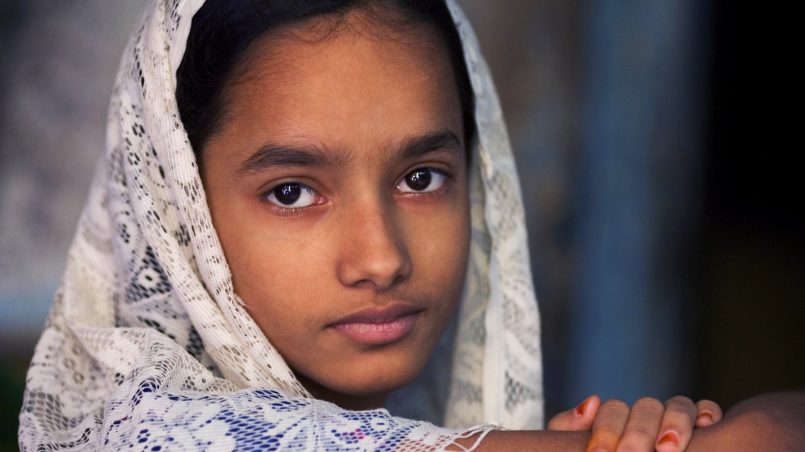How Mythology has Influenced the Role of Women in India

I believe everyone would completely agree that there are numerous issues relating to the emancipation of women in India. It is true that a very large section of the female population in India still remains oppressed and crushed by a patriarchal system. Gender discrimination persists in almost every imaginable field on both the rural and urban landscape. However, the scenario is very grim when it comes to the situation of rural women.
The baggage of gender propriety based on traditional norms is one of the main factors that have facilitated the subjugation of women in India. In fact many women acquiesce to such a patriarchal system, thinking it’s a cultural obligation.
Many people in India, who concur or acquiesce with the patriarchal structure and belief system, think that feminism is an idea borrowed from the West. It is considered by such people to be a mindless mimicking of Western values disregarding India’s cultural values and norms with regard to gender propriety. Thus feminism is disdained by many traditionalists notwithstanding the fact that traits which characterize feminism were present in many prominent female figures of Indian historical as well as mythological origin.
But the irony is that the traditionalist would craftily choose to eulogize those female characters from Indian history or mythology, whose compliant disposition and demeanor can be used to maintain the status quo as regards the power balance between men and women.
When it comes to eulogizing any prominent Indian women, either of historical or mythological origin and presenting their lives as an exemple for other women, the name of Sita becomes a unanimous choice. And this never seemed problematic to me until I came across Iravati Karve’s book “Yuganta-The End of an Epoch”.
I too had been advised many a times to develop a character like that of Sita, but could not discern the reasoning behind such advice. Like Sita, there are many prominent and remarkable female characters in India’s mythological and historical repertoire. But those female characters seldom come to the minds of people who enjoy advising women to check their conduct and display the comportment expected of a good woman. And one such female character from Indian ancient texts is “Draupadi”, about whom I will write in my next article.
In fact like me, most women in India might have grown up listening to stories of Sita, and her unwavering devotion to her husband “Lord Rama”.
Lord Rama and Sita are the protagonists of Ramayana, which is one of the magnum opuses, produced in India by Rishi Valmiki. Ramayana is a saga written in praise of an ideal man, Lord Rama and his wife, Sita, an ideal woman. Sita was the wife of the crown Prince in Ayodhya who was exiled by his step mother for thirteen years to live in a forest. Sita accompanied her husband in exile and was later abducted by Ravana. This led to a war between Rama and Ravana in which the latter vanquished. However, on return to Ayodhya, King Rama’s subjects started to question Sita’s chastity and Rama had to abandon Sita so as to fulfill the duties of an ideal King.
However, even after being abandoned by her husband, Sita’s feelings were never shadowed by any kind of hatred or ill-feeling. She accepted the will and decision of her husband and never questioned him. The way in which Sita endured her pain and suffering, without voicing any opposition, is lauded by most Indians.
Both Sita and Draupadi are prominent female characters from the two great Indian epics, i.e. the Ramayana and the Mahabharata respectively. Both were princesses and were married in a svayamvara (a contest where the most eligible man marries the princess after proving himself through some extraordinary feat). Both endured a life of pain and suffering. In fact both of these women accompanied their husbands in exile for more than a decade. However, Indian women are seldom advised to emulate Draupadi.
I will elucidate in my next article why Draupadi has never been the choice for Indian traditionalists when it comes to advising women to emulate certain prominent female figures.
Credits
| Image | Title | Author | License |
|---|---|---|---|
 |
Young girl with a scarf, Varanasi Benares India | Jorge Royan | CC BY-SA 3.0 |

[…] I provided a glimpse of the inclination amongst most Indians and especially traditionalists to prefer Sita over Draupadi because of the former’s compliant disposition. In this article, the reasons for such preference […]